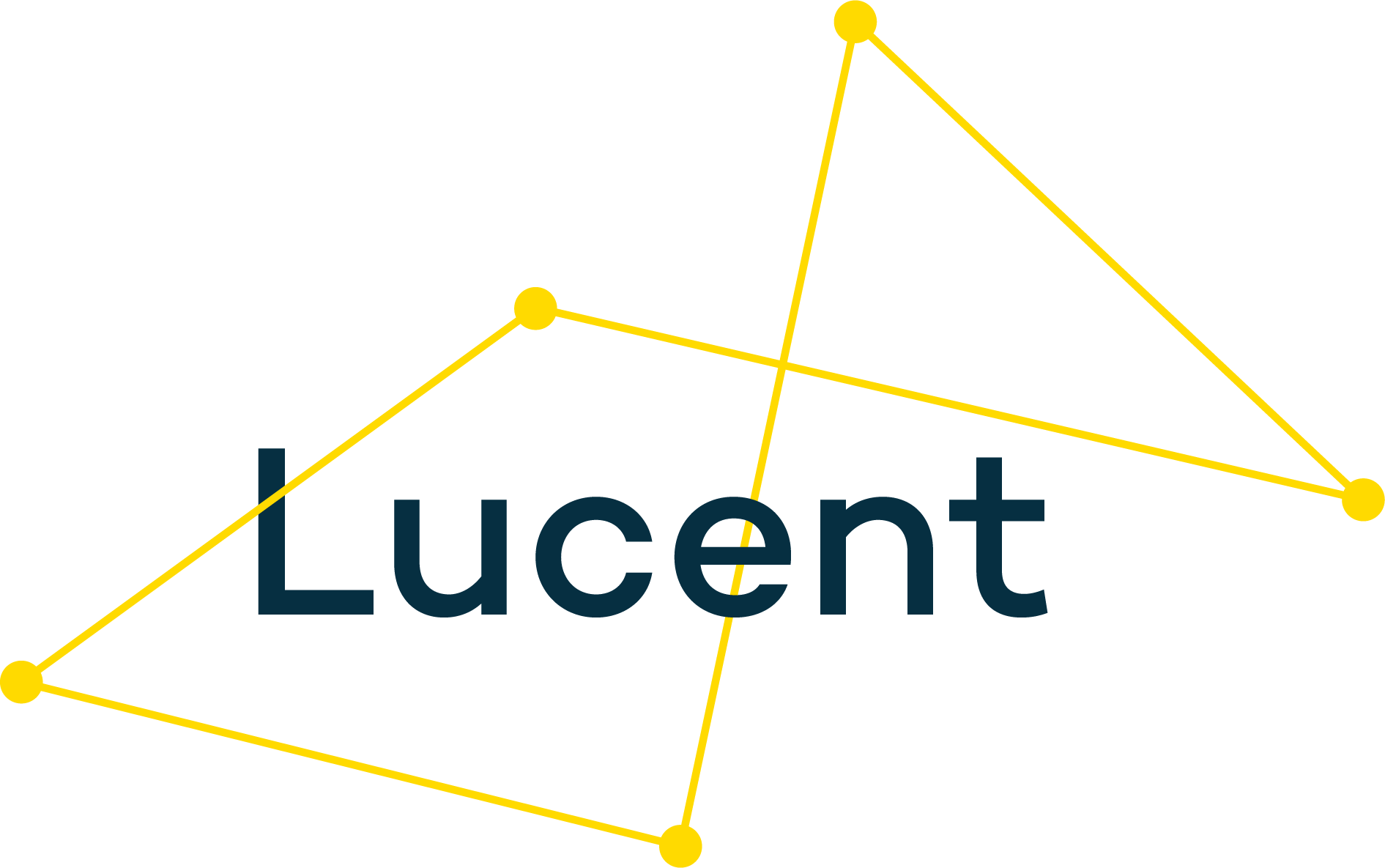A free tool that creates deep thinking space for your whole team
One piece of feedback we particularly love at Lucent is: “You have given us space to think about our organisation in a new way”.
So how do we design meetings with the aim of creating deep, strategic thinking space that is inclusive of all team members and mindful of differences in learning styles?
The most important thing is to be honest about the power dynamics at play in your organisation. This can be particularly difficult if you are in a position of power yourself, which is why it can be helpful to have independent facilitation.
Good design can help counter some of the impact of those power dynamics. Although it is important remember inclusion is a process, not a one off event. Any single meeting should be just one part of the longer, deep work on creating an inclusive culture.
If you are keen to create deeper, more inclusive thinking space the Lucent team’s tips are a great way to get you started.
“Do the preparation so that everyone feels included” - Katy
The logistics and setup of a meeting can make a space feel closed or inviting. Check with participants in advance to understand if there are any practical accommodations that would help them participate more fully. This could be anything from turning on closed captioning on Zoom calls to ensuring meeting rooms are accessible for people with reduced mobility to sending out presentations in advance so that people who are not comfortable reading text on screens, who need translations or who use assistive technology can follow along on their devices.
And ALWAYS include lots of breaks. Big meetings can be taxing for lots of different reasons and you will only get the best out of people if they have opportunities to stretch their legs and are well fed and watered.
“Focus on the human” - Charlotte
What’s your proudest moment at the charity so far? What’s the best thing you’ve seen, heard or read outside of work lately? Too often, meeting introductions focus only on job titles. Interesting, but non-intrusive, questions, help to develop friendly, empathetic relationships over time and these bonds are what helps overcome hurdles ahead.
It can also be especially helpful when new groups are forming or new members are joining them, to connect and re-connect with each other at a personal level before getting down to the work at hand.
“Listen out for every voice” - Lakshmi
People have different preferences for participation: some people thrive when speaking in large groups, while others prefer collecting their thoughts and sharing with just a few other people.
So mix up the format to meet a mix of working styles. Raising challenges or sharing ideas before they are fully formed can feel particularly exposing. Silent work to create walls of ideas can help, as can asking people to feed back not directly on their thoughts but their partners.
Acknowledging and positively rewarding challenge (rather than rushing to defend a point) is important. And when a question or point seems particularly loaded with emotion, the simple act of saying “Tell me more” can be hugely powerful.
“Capture all questions” - Katherine
Being properly heard is important to everyone. We all get frustrated if the questions we raise never gets answered. When we start a strategy process, we ask people to write down all the questions they have on blue post-it notes – don’t ask me why we chose the colour blue but it has stuck now!
We then create a question board which people continue to add to as the process develops. Miro is great for this as everyone has a link and they can pop thoughts on as they occur.
Grouping questions by priority, spotting duplicates and areas of greatest concern gives a structure to addressing those questions. We can then check back to see how far questions have been answered and also to help create an open dialogue about where there are not yet answers.
Do you need to engage your people differently in the big decisions ahead? Contact us to find out more.

